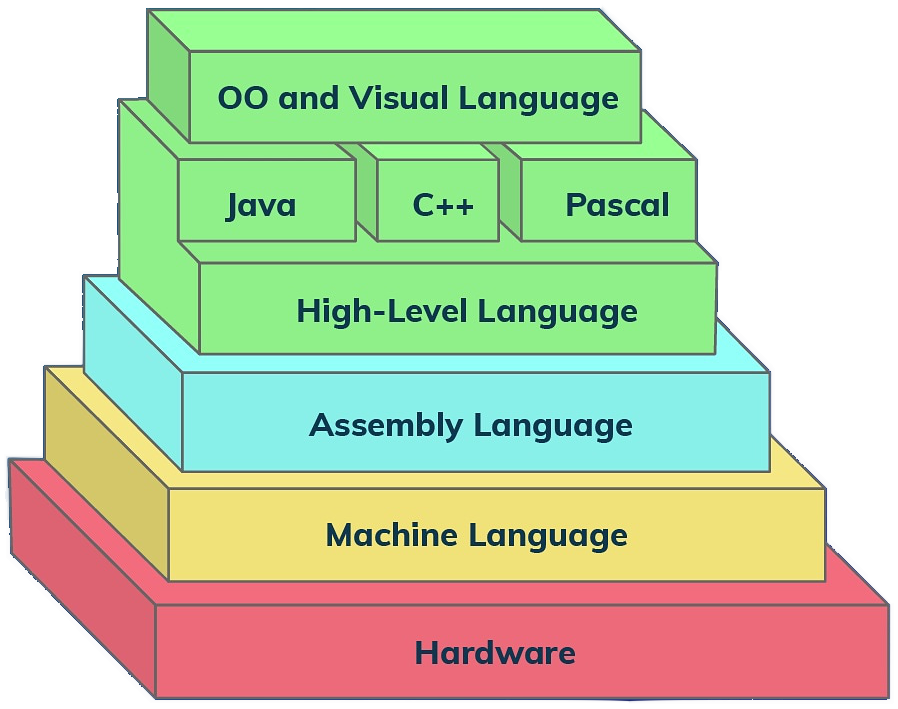Assembly language is a low-level programming language for a computer or other programmable device that is closest to the machine language. It is often specific to a particular computer architecture so there are multiple types of assembly languages. ARM is an increasingly popular assembly language.
We just published a full course on the freeCodeCamp.org YouTube channel that will teach you the basics of assembly language programming with ARM.
Scott Cosentino teaches this course about assembly programming with ARM. Scott is a popular technical instructor and author.
 Hierarchy of Programming Languages
Hierarchy of Programming Languages
It is estimated that over 200 billion devices contain an ARM chip, making the ARM language valuable to understand. By understanding the ARM assembly language, programmers can work at a lower level, allowing them to write code that interacts with hardware in an efficient manner.
By the end of this course, you will have a fundamental understanding of the ARM processor, as well as assembly programming in general. You will be able to write basic ARM assembly programs, using various instructions available in the processor.
Here is what you will learn in this course:
- The the basics of ARM emulation and program structure
- The fundamentals of register, stack, and memory addressing modes
- The concepts of arithmetic and logical operators
- The main concept of branches, loops, and subroutine branches
- The ways to interact with simple hardware devices
Watch the full course below or on the freeCodeCamp.org YouTube channel (2.5 hour watch).

